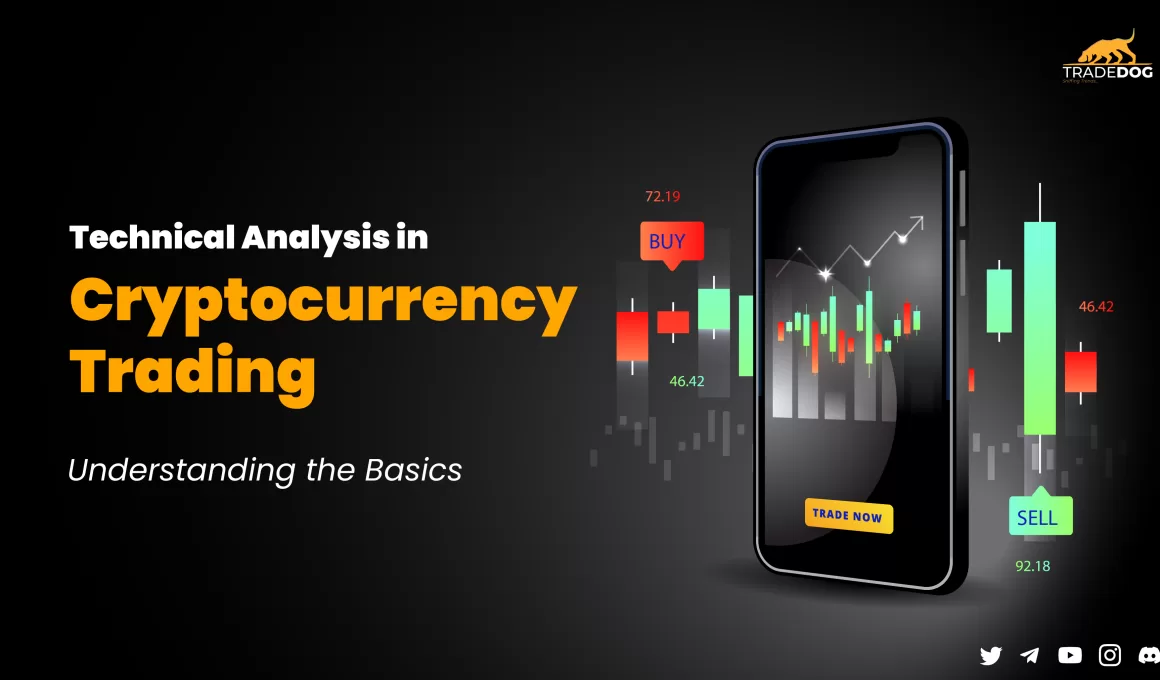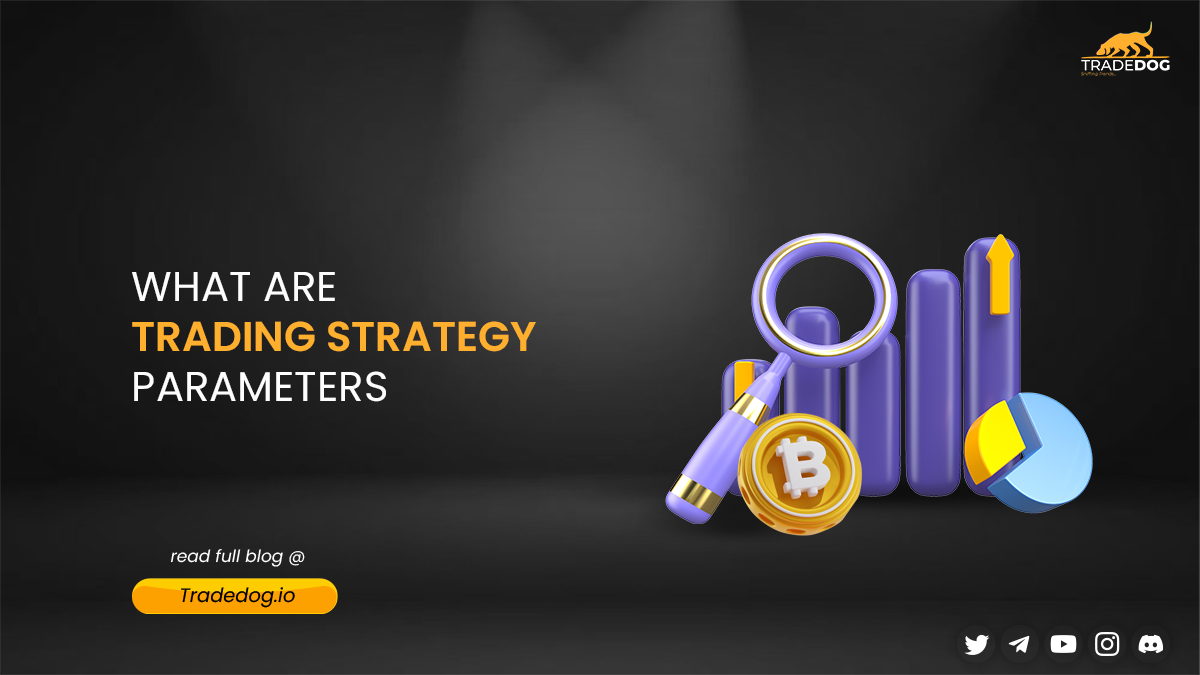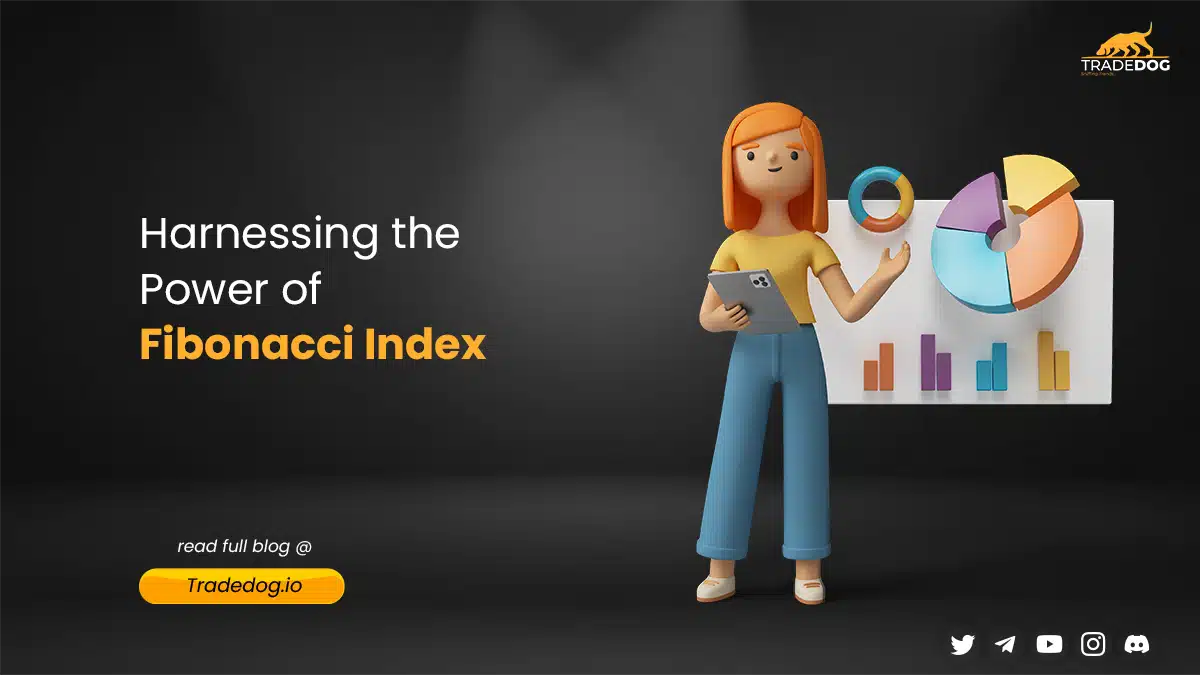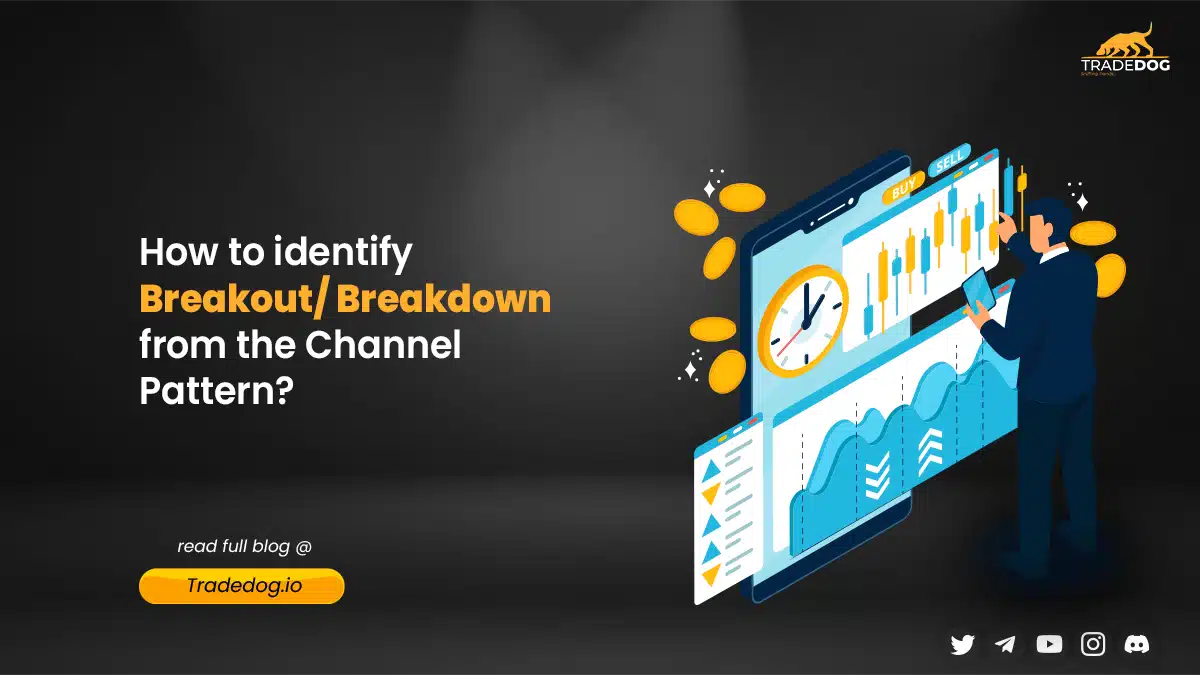Quick Links
- Understanding Candlestick Charts
- Types of Candlestick Patterns
- Basic Technical Indicators for Crypto Trading
- Using Trend Lines in Crypto Trading
- Fibonacci Retracements and Other Advanced Techniques
- Technical Analysis in Crypto Trading: FAQs
- How do I choose the best time frame to use for my charts?
- Can technical analysis be used for all types of cryptocurrencies?
- What are the limitations of technical analysis?
- How can I combine technical analysis with fundamental analysis for better trading decisions?
- How do I use technical analysis to set my stop-loss orders?
If you’re interested in trading cryptocurrencies, you may have encountered the term “technical analysis.” Technical analysis is a method traders use to analyze price movements and make trading decisions. It involves studying charts and using various indicators and tools to identify patterns and trends in price movements. In this article, we’ll dive into the basics of technical analysis for crypto trading, including how to read a candlestick chart, use trend lines, identify support and resistance levels, and advanced techniques.
Understanding Candlestick Charts
Candlestick charts are a popular way to display price movements in financial markets, including cryptocurrencies. They visually represent the price action over a given time periods, such as a day, week, or month. A candlestick chart comprises a series of candles, each representing a specific time frame.
The candlestick itself has a body and wicks or shadows. The body represents the opening and closing price of the asset, while the wicks represent the highest and lowest price points reached during that time frame. The color of the candle indicates whether the price went up or down during that period. A green candle indicates that the price went up, while a red candle indicates that the price went down.
Types of Candlestick Patterns
Candlestick charts help identify patterns and trends in price movements. Several types of candlestick patterns exist, including reversal, continuation, and indecision patterns. Reversal patterns indicate that the trend is about to reverse, while continuation patterns suggest that the trend is likely to continue. Indecision patterns suggest that the market is undecided about which direction to take. Following are the most talked about patterns-
Doji: The Doji is one of the most widely recognized and discussed candlestick patterns. It occurs when the opening and closing prices of a security are nearly equal, creating a very small or non-existent real body. This indicates indecision in the market and can signal a potential reversal in trend.
Hammer: The Hammer is a bullish reversal pattern that often appears at the bottom of a downtrend. It has a small real body and a long lower shadow, which indicates that sellers pushed the price down, but buyers were able to push it back up. This shows that the market may be ready to reverse course and start moving up.
Engulfing: The Engulfing pattern is a two-candlestick pattern that can be either bullish or bearish. In a bullish Engulfing pattern, the first candlestick is a small one with a bearish real body, while the second candlestick is a larger one with a bullish real body that completely engulfs the first candlestick. This indicates a shift in momentum from sellers to buyers and can signal a potential reversal in trend. In a bearish Engulfing pattern, the opposite is true.
Basic Technical Indicators for Crypto Trading
In addition to candlestick charts, technical analysis involves using various indicators and tools to help identify patterns and trends. Some of the most commonly used indicators for crypto trading include moving averages, Relative Strength Index (RSI), and MACD.
Moving averages
Moving Averages are a type of trend-following indicator that smooths out the price data over a given period. They can help identify the overall trend of the market and potential areas of support and resistance.
RSI
It is a momentum indicator that measures the strength of the trend. It ranges from 0 to 100 and is used to identify overbought and oversold conditions.
MACD
A trend-following momentum indicator shows the relationship between two moving price averages.
Using Trend Lines in Crypto Trading
Trend lines are another helpful tool in technical analysis. They are diagonal lines drawn on a chart that connect two or more price points. They can be used to identify trends and potential support and resistance areas. An uptrend is formed when the trend line is drawn below the price action, while a downtrend is formed when the trend line is drawn above the price action.
How to Draw Trend Lines on a Chart
To draw a trend line, you must identify at least two price points forming a trend. Once you have identified these points, you can draw a straight line connecting them. The trend line should be drawn to touch as many points as possible.
How to Identify Support and Resistance Levels
Support and resistance levels are key areas where the price tends to stop or reverse direction. Support levels are areas where the price tends to find support and bounce back up. Resistance levels are where the price tends to find resistance and reverse direction.
To identify support and resistance levels, look for areas on the chart where the price has bounced back multiple times. You can also look for areas where the price has struggled to break through a particular level.
Fibonacci Retracements and Other Advanced Techniques
Fibonacci retracements are a type of technical analysis tool used to identify potential support and resistance areas. They are based on the Fibonacci sequence, a mathematical pattern frequently occurring in nature. Fibonacci retracements are calculated by taking a chart’s high and low points and dividing the vertical distance by the key Fibonacci ratios of 23.6%, 38.2%, 50%, 61.8%, and 100%. These levels can be used to identify potential areas of support and resistance.
Technical Analysis in Crypto Trading: FAQs
How do I choose the best time frame to use for my charts?
The time frame you choose will depend on your trading style and goals. As a day trader, you may prefer shorter time frames such as 5-minute or 15-minute charts. If you are a swing trader, consider using longer time frames such as daily or weekly charts. Choosing a time frame that aligns with your trading strategy and goals is essential.
Can technical analysis be used for all types of cryptocurrencies?
Yes, technical analysis can be used for all types of cryptocurrencies. The same principles and techniques, including cryptocurrencies, can be applied to any market.
What are the limitations of technical analysis?
Technical analysis is not a perfect tool and has some limitations. It is based on historical price data and does not consider fundamental factors such as news events or market sentiment. Technical analysis is also not always accurate and can provide false signals.
How can I combine technical analysis with fundamental analysis for better trading decisions?
Combining technical and fundamental analysis can provide a more comprehensive market view. Fundamental analysis involves analyzing the underlying factors that affect the value of an asset, such as company financials or industry trends. By combining both types of analysis, traders can make more informed trading decisions.
How do I use technical analysis to set my stop-loss orders?
Stop-loss orders are a crucial tool in risk management and can be set based on technical analysis. Traders can identify potential areas of support and resistance and set their stop-loss orders accordingly. For example, a trader may set a stop-loss order just below a critical support level to limit losses if the price breaks through that level.













